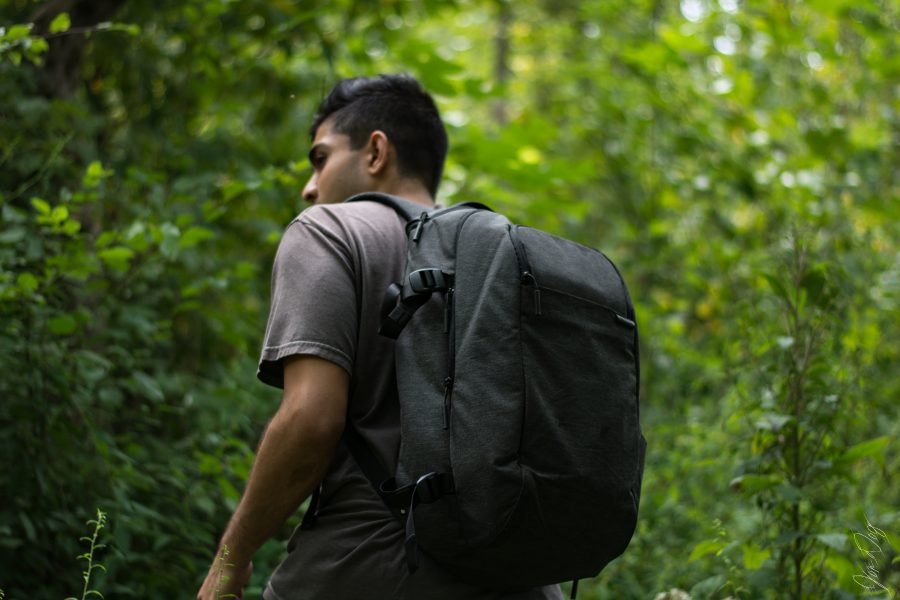More than just a slogan plastered on state highway signs, the phrase “Alabama the Beautiful” embodies a past and present State of Alabama that takes great pride in sharing its natural gifts with those who come to visit. From its coastal connection to its highest mountain top, Alabama contains some of the most scenic acreage in the country, and it is enriched with a history that long predates European contact. While a drive down one of the state’s scenic byways provides a glimpse into the state’s natural beauty, true access comes at any of Alabama’s twenty eight state parks, which provide for public use of many of this state’s most precious sites.
Despite being the sole link many Alabamians have to affordable outdoor recreation, the Alabama state park system has been forced to transfer $15 million from its operating budget over the course of the last five years, a setback that has caused numerous parks to face the threat of closure, including Tuscaloosa’s own Lake Lurleen, north Alabama’s park at Lake Guntersville, and the state’s highest point at Mount Cheaha. If the benefits of state tax dollars to Alabama residents are to mean anything at all, residents cannot stand for cuts in access to Alabama’s public lands to continue.
Alabama state parks allow for recreation opportunities for Alabamians of all backgrounds. With day-use prices in the range of only a few dollars, places such as Oak Mountain State Park near Birmingham provide a local weekend escape for Alabamians, including those who may lack the time or resources to spare for a weeklong vacation to the beach. Local options provide local benefits to consumers, as well as economic benefits to many small towns in Alabama. These parks, and the traffic they attract, promote jobs and economic activity in areas lacking an abundance in either.
In addition to their recreational benefits, Alabama state parks provide ecological benefits to areas of immense natural beauty. Along Alabama’s gulf coast, the most notable stretch of undeveloped and pristine shoreline is along Gulf State Park, where sand dunes and beach foliage dominate an area that would otherwise likely be home to the same high rise condominiums that fill both Gulf Shores and Orange Beach. Without state protection, such an area would likely be lost to the Alabama public forever. Likewise, the sparsely developed lands surrounding Mount Cheaha State Park and the Talladega National Forrest represent one of the only areas in the state still wild enough to be home to undisturbed black bear populations.
Alabama is home to some of the most beautiful natural scenery in the United States. Containing some of the most ecologically diverse waterways in the world, and with terrain ranging from gulf beaches to rolling hills, Alabama’s natural lands deserve the maintenance they are presently afforded, if not solely for the benefit of generations of Alabamians still to come. The state and its residents should demand that the lands of “Alabama the Beautiful” remain accessible to the very people that take such pride in their preservation and use. Alabama’s state parks are a valuable asset to this state, and it would be a travesty if they were ever lost.
Hunter Richey is a senior majoring in Economics and Political Science.









